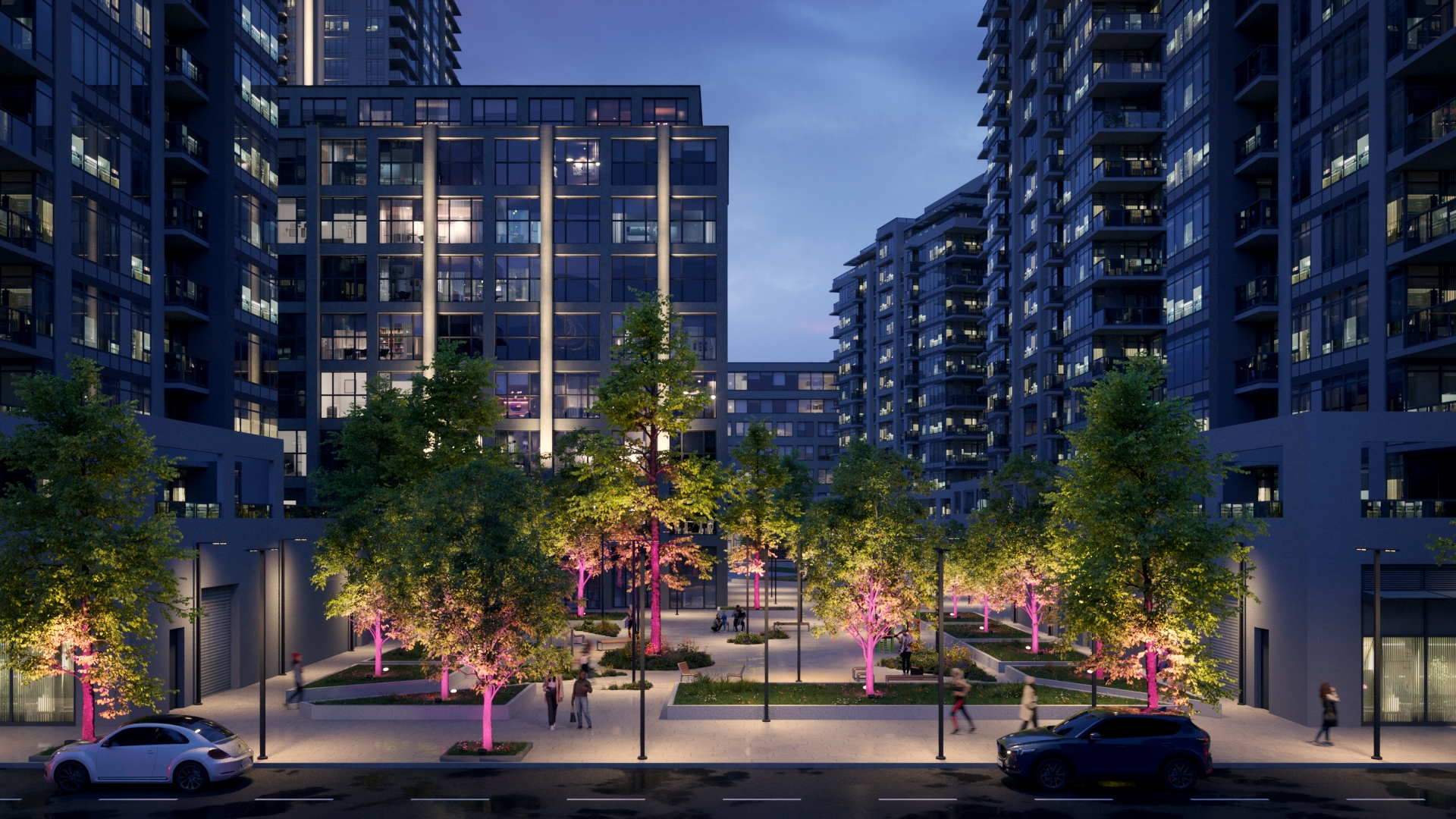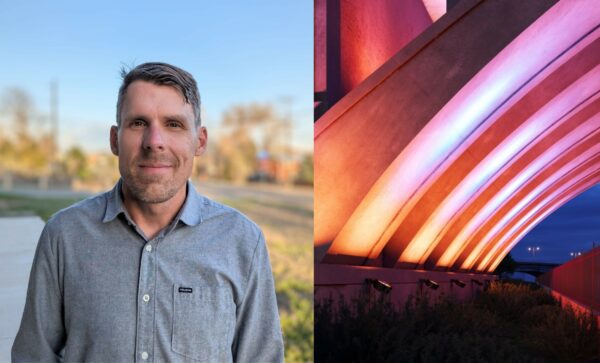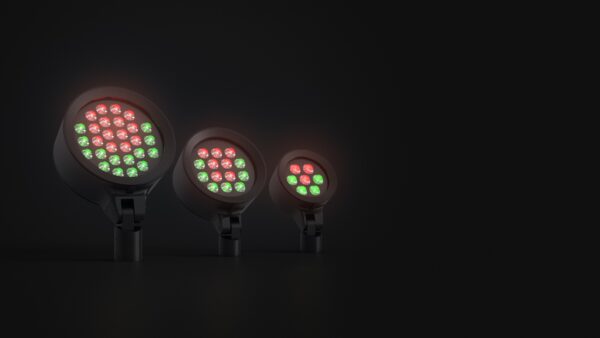
Welcome to an exclusive interview with Chris Sorensen, the Senior Director of Engineering at Hydrel, a leading brand in outdoor architectural and landscape lighting. Hydrel recently won the LIT Lighting Design Award for the Lighting Product Design of the Year with their innovation, FLAME.
FLAME combines a patent-pending optical engine construction with engineering excellence to create a new play on RGBW. It’s a unique lighting technique with two beams in one luminaire – a central beam and an outer beam that blends harmoniously.
Currently available within the SAF7, SAF14, and SAF28 Architectural Family, FLAME offers three distinct distributions, each designed to create stunning accent gradient effects in a single fixture. From the NARROW FLAME, with its 30° outer beam and 10° central beam, highlighting vertical forms, to the WIDE FLAME‘s 70° outer beam and 30° central beam for playful blended textured surfaces, and finally, the LOTUS FLAME, delivering a dramatic lighting effect with a 70° outer beam and 10° central beam.
Join us as we explore the inspiration behind FLAME and gain valuable insights into the vision and expertise that have positioned Hydrel as a premier brand in outdoor lighting.

Chris Sorensen, Senior Director of Engineering // FLAME Lighting Technique. Hydrel
What was the vision or inspiration behind the dual beam design (or should we say designs) of FLAME?
We are very inspired by some incredible projection art installations while simultaneously feeling tired of saturated RGB color chases and challenged ourselves to build a new tool with which to paint the night in a new way.
How was the patent-pending optical engine developed and what makes stand out from others?
Leveraging our learnings from the SAF architectural floodlight family, we built, studied, and learned from countless mock-ups and prototypes until we got the best-performing gradients and eliminated distracting artifacts on near and far away surfaces.
Can you tell us about the different designs available – Narrow FLAME, Wide FLAME, and Lotus FLAME? How do you envision each being used?
Narrow and Wide FLAME Distributions are all about the geometry of the architecture from landscape to columns, facades, and bridges, narrow and wide can be applied like traditional projectors however with the gradient color and in washing or grazing positions they will magically transform the appearance of surfaces and objects. We were so captivated when we pointed them at trees that we knew we needed to do something specific. That’s where the Lotus FLAME came from, the desire to distinctly light the trunk with one color and the leaves and branches another with a smooth but quick gradient between the two.
Challenges are part of life, and, therefore, of design. Can you share with us some of the technical challenges you’ve faced during the development of FLAME? What did you learn from them?
Near-field beam artifacts take a highly specialized eye and perseverance to solve. The human eyes and brain can start to play some very interesting games when staring at beams of different saturated colors for hours criticizing gradients, intensity, cutoff, and artifacting.

FLAME Lighting Technique. Hydrel
Can you tell us about any project you’re working on at the moment or about any future enhancements for FLAME?
Stay tuned, FLAME is just the start. We have a very exciting follow-up product in development right now!
Congratulations on winning the LIT Awards! What does winning this award mean to you and what are the next steps for Hydrel?
We’re incredibly honored to win this award. We will continue to make the ordinary evening extraordinary and transform the way our world is LIT!
Do you have any advice for people who would like to follow in your footsteps?
Be curious, be brave. It’s never too early to try out your wild idea. Even if it is just in Photoshop. The first FLAME mock-up was done with a Photoshop file where we set up a visual of two beams on top of each other so that we could independently control the color and blending of the beams much like the FLAME visualizer on our website. From that very first file, we knew we had something special!